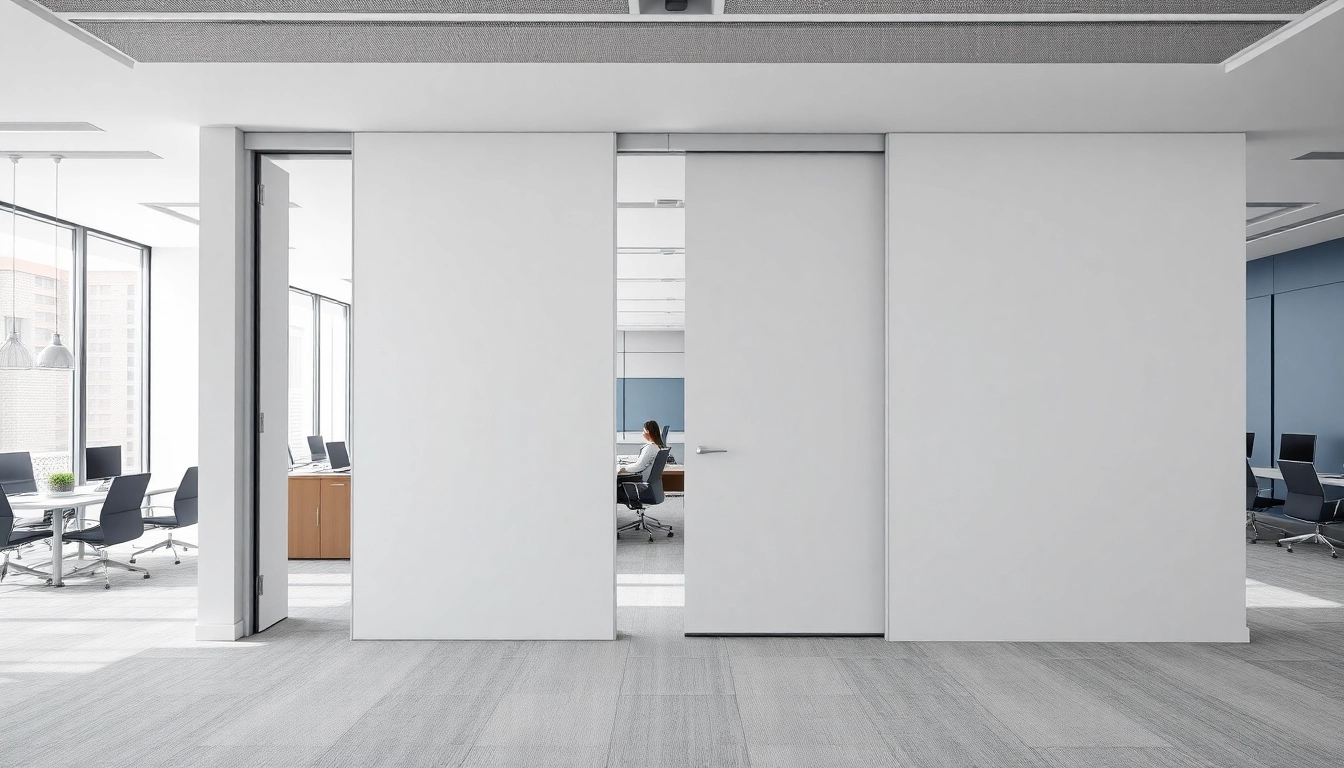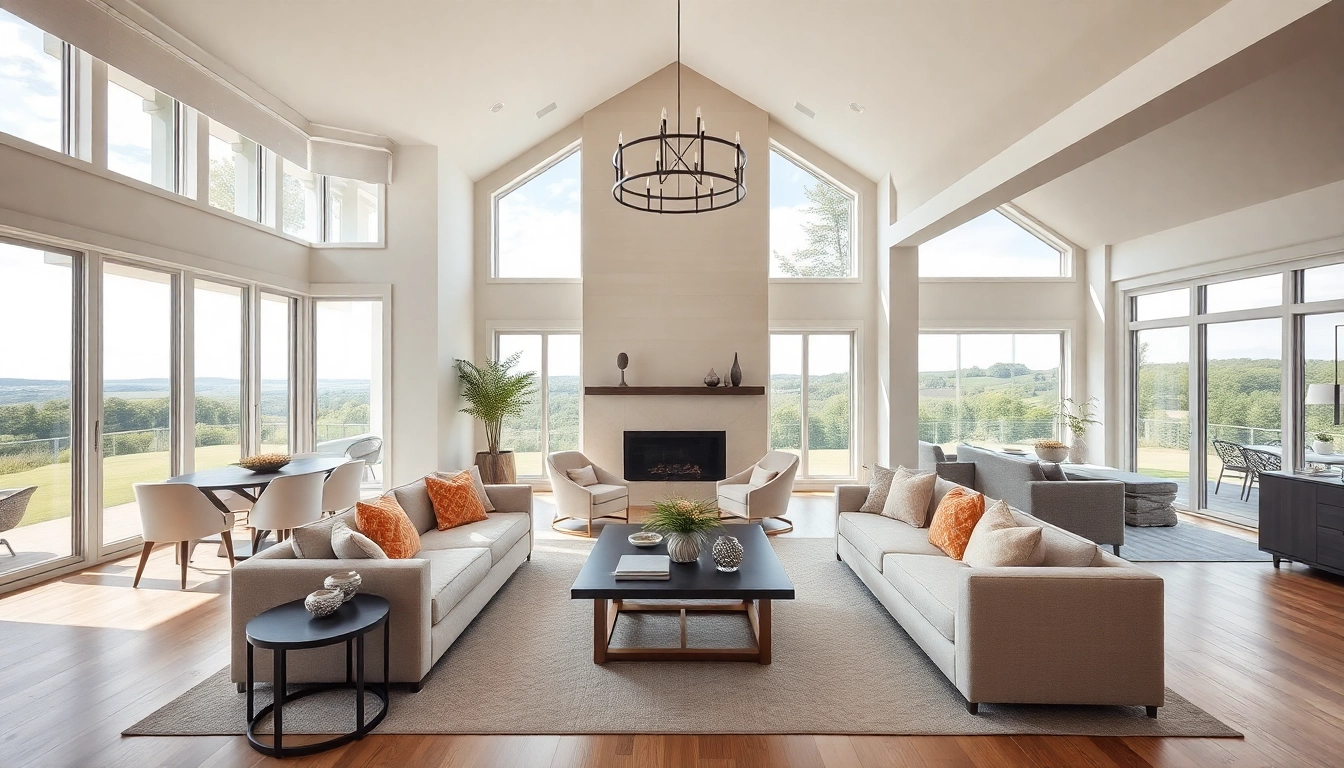
Understanding Swimming Pool Installation
Swimming pool installation is a significant investment that transforms your home and enhances your outdoor lifestyle. Whether you envision a serene oasis for relaxation or a vibrant space for family and friends, understanding the specifics of pool installation can help you make informed decisions. This comprehensive guide will address crucial aspects of the swimming pool installation process, including types of pools, key steps, costs, contractor selection, and post-installation maintenance. For those considering a project, exploring swimming pool installation options can lead to your dream backyard.
Types of Swimming Pools and Their Advantages
When contemplating a swimming pool, the first step is to choose the type that best suits your needs and lifestyle. Here’s an overview of the three primary categories:
-
Inground Pools
Inground pools are permanently constructed into the ground and can be customized in shape and size. They are typically made from various materials, each with its benefits:
- Concrete: Durable and customizable, concrete pools allow for personalized designs and can last for decades. However, they often come with higher costs and require more extensive maintenance.
- Fiberglass: Pre-formed shells that offer a quick installation process. They are relatively low-maintenance and smooth to the touch, reducing algae growth.
- Vinyl Liner: These pools are built with a vinyl liner that can be replaced when worn. They are cost-effective but may not last as long as concrete or fiberglass pools.
-
Above Ground Pools
Above ground pools are popular due to their affordability and ease of installation. They are typically constructed with metal, resin, or inflatable materials and come in various shapes and sizes. However, they are generally less durable than inground options and can detract from the aesthetics of your yard.
-
Hybrid Pools
Combining the benefits of both inground and above ground pools, hybrid pools can be partially submerged and feature a removable wall structure. This design accommodates different preferences and can be a more affordable option for achieving an inground feel without the full cost.
Key Steps in Swimming Pool Installation
The swimming pool installation process can be complex, but understanding the key steps will make the experience smoother:
- Planning and Design: This initial phase involves choosing the right type of pool, its size and shape, as well as the location in your yard. Consider local zoning laws and building codes at this stage.
- Site Preparation: Clearing the area of obstacles, leveling the ground, and ensuring proper drainage are crucial. Soil testing may also be necessary to determine load-bearing capacity.
- Installation of Pool Frame: Depending on the pool type, this could involve pouring concrete, assembling a frame, or placing a pool shell in the ground.
- Plumbing and Electrical Work: This step involves installing necessary water supply lines, drain systems, lighting, and other electrical components. Proper installation is critical for safety and functionality.
- Finishing Touches: Add features such as decking, landscaping, coping, and a safety cover. Choose tiles and finishes that will enhance the aesthetic appeal of the pool area.
- Pool Filling and Chemical Balancing: Once construction is complete, filling the pool and ensuring water chemistry is balanced are essential before use.
Choosing the Right Pool for Your Home
The right pool enhances your outdoor experience while considering your home’s architecture and your family’s needs. Here are some factors to consider:
- Space and Size: Evaluate your yard’s dimensions to ensure the pool fits without overwhelming the landscape.
- Usage: Determine how you plan to use your pool—whether for exercise, entertainment, or relaxation. This will influence pool size and design choices.
- Budget: Establish a realistic budget that encompasses installation, maintenance, and additional features.
- Resale Value: Some types of pools can enhance your property’s value more than others. Consider how your choice fits into future home market trends.
Cost Factors in Swimming Pool Installation
The overall cost of swimming pool installation is multifaceted, influenced by various factors. It’s essential to understand these to gauge what to expect financially.
Breaking Down Installation Costs by Pool Type
Different types of pools have different price ranges, starting with these averages:
- Inground Vinyl: Generally ranges from $20,000 to $40,000.
- Inground Fiberglass: Costs between $20,000 and $85,000, depending on features.
- Inground Concrete: These pools, due to their longevity and customizability, start around $35,000 and can exceed $120,000 for elaborate designs.
- Above Ground Pools: More affordable, they can start as low as $3,000 to $10,000 for basic models, but the more advanced options can reach $30,000.
Financing Options for Your Pool Project
Financing your new pool can make the project more manageable. Here are several common options to consider:
- Home Equity Loans: Utilize your home equity to fund the project; this may provide lower interest rates compared to personal loans.
- Personal Loans: Unsecured loans can offer flexibility, but interest rates may be higher.
- Pool Financing Programs: Some pool companies partner with financing institutions to offer tailored loans for pool installation.
- Credit Cards: While convenient, high-interest rates may accrue, making them less ideal for larger expenses.
Hidden Costs to Anticipate
When budgeting for your pool installation, ensure you account for possible hidden costs, such as:
- Landscaping: After installation, additional landscaping or hardscaping work might be required to integrate the pool into your yard.
- Permits and Inspections: Local regulations may necessitate obtaining permits, which can incur additional costs.
- Ongoing Maintenance: Factor in yearly costs for chemicals, cleaning, seasonal maintenance, and repairs.
- Equipment Upgrades: As your pool gets older, equipment replacements may be needed, including pumps, heaters, and filtration systems.
Choosing the Right Pool Installation Contractor
Selecting a reputable contractor is crucial for ensuring a successful pool installation. The right choice protects your investment and ensures high-quality work.
Qualities to Look For in Pool Builders
When evaluating potential contractors, consider the following qualities:
- Experience: Look for established contractors with extensive background and experience in pool installation.
- Licensing and Insurance: Verify that the contractor holds appropriate licenses and insurance to carry out the work legally and safely.
- Portfolio: A good contractor should have a portfolio showcasing previous installations and customer testimonials.
- Customer Service: Assess their communication and responsiveness throughout the initial consultation and design process.
Questions to Ask Potential Contractors
Asking the right questions can unveil essential information about a pool contractor:
- How long have you been in the pool installation business?
- Can you provide references from past clients?
- What warranties do you offer on the pool and your work?
- How do you handle unexpected costs or problems during the installation process?
- What is your anticipated timeline for the project?
Evaluating Contractor Reviews and Portfolios
Visit online review platforms to gauge a contractor’s reputation and credibility. Look for:
- Overall star ratings and common compliments or complaints.
- Photos or videos of completed installations that align with your vision.
- Detailed accounts of customer experiences, particularly related to customer service and post-installation support.
Maintenance After Swimming Pool Installation
Proper maintenance extends the life of your new pool and ensures its safe usage. Following a consistent maintenance schedule is crucial.
Essential Care for Your New Pool
Regular maintenance tasks include:
- Cleaning: Skim debris, vacuum the bottom, and scrub the sides regularly to keep the pool inviting.
- Water Chemistry: Test and balance water chemistry at least once a week to prevent algae growth and equipment damage.
- Filtration System: Regularly clean or change filters as necessary to maintain efficient water circulation.
- Winterization: In colder climates, ensure your pool is correctly winterized to prevent damage during freezing temperatures.
Common Issues and How to Solve Them
Being proactive about potential issues can prevent costly repairs:
- Algae Growth: This can occur from imbalanced chemicals. Regular monitoring and appropriate adjustments are key to preventing outbreaks.
- Leak Detection: If you notice a drop in water level, inspect for leaks using dye tests or consult a professional for evaluation.
- Pump or Filter Failure: Regular maintenance checks will help catch these issues before they escalate. It’s essential to keep an eye on operation noises and pump pressure.
Long-term Care Tips to Extend Your Pool’s Lifespan
Implementing long-term care strategies can help maintain the value and function of your swimming pool:
- Routine Inspections: Schedule professional inspections regularly to identify and provide maintenance advice for critical components.
- Upgrade Features: Keep the pool equipped with modern and energy-efficient systems to enhance efficiency and usability.
- Landscape Care: Ensure surrounding landscaping is well-maintained, avoiding the influx of debris and avoiding plants that may cause damage over time.
Enhancing Your Pool Area
A pool is not just about swimming; it’s also a space for relaxation and social gatherings. Enhancing the surrounding area adds value and usability.
Landscaping Ideas to Complement Your Swimming Pool
Smart landscaping can enhance the aesthetics of your pool area:
- Patios and Decking: Create comfortable areas with pavers or wood decking for lounging and meal preparation.
- Plants and Shrubs: Choose low-maintenance plants that thrive well in your climate to ensure a vibrant landscape without extensive upkeep.
- Water Features: Incorporate fountains or waterfalls for ambiance that creates a tranquil retreat atmosphere.
Adding Features: Lighting, Decking, and Furnishings
Adding attractive and functional features can completely transform the pool experience:
- LED Lighting: Enhance the atmosphere with colorful underwater LED lights for nighttime enjoyment.
- Furniture: Choose weather-resistant loungers, tables, and umbrellas to encourage poolside gatherings.
- Outdoor Kitchens: Consider adding an outdoor kitchen or bar area to facilitate entertainment and gatherings around the pool.
Safety Measures for Your Pool Environment
Safety should always be paramount when it comes to pools:
- Fencing: Ensure proper fencing around the pool area to restrict access for young children or pets.
- Covers: Invest in a safety cover that can support weight and prevent accidents when the pool is not in use.
- Alarms: Consider installing pool alarms that alert when someone enters the water unexpectedly.







